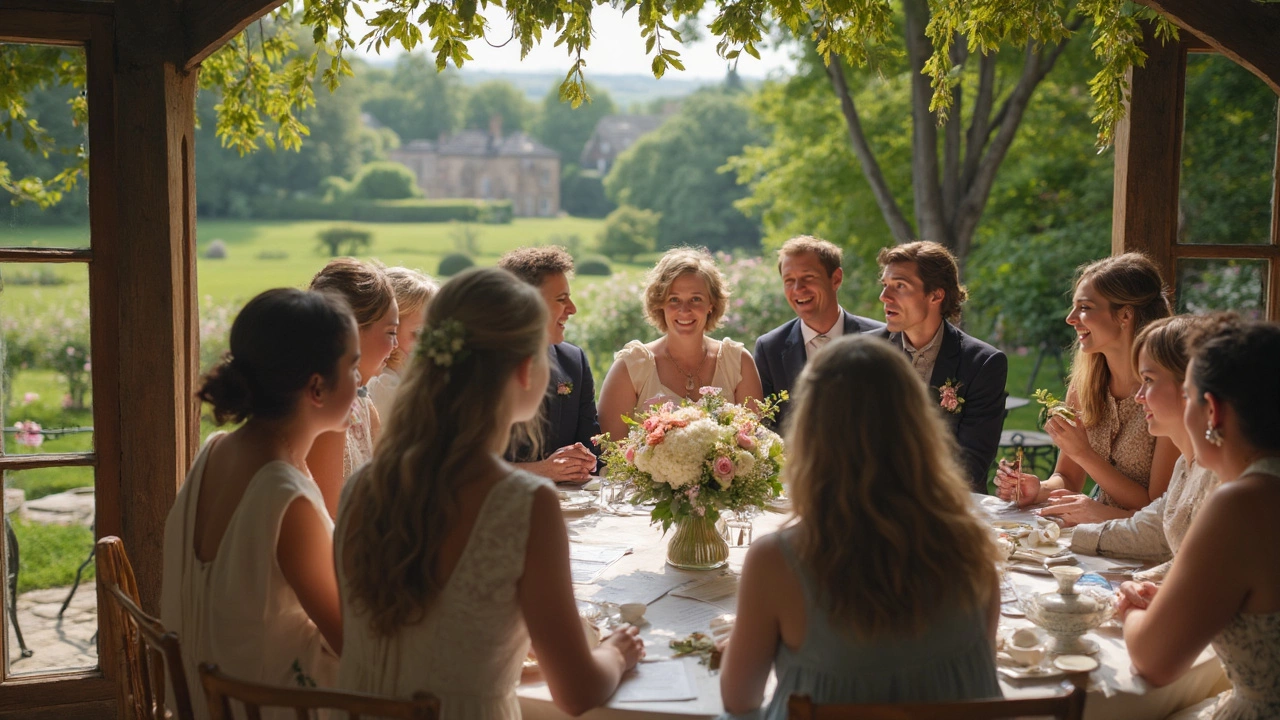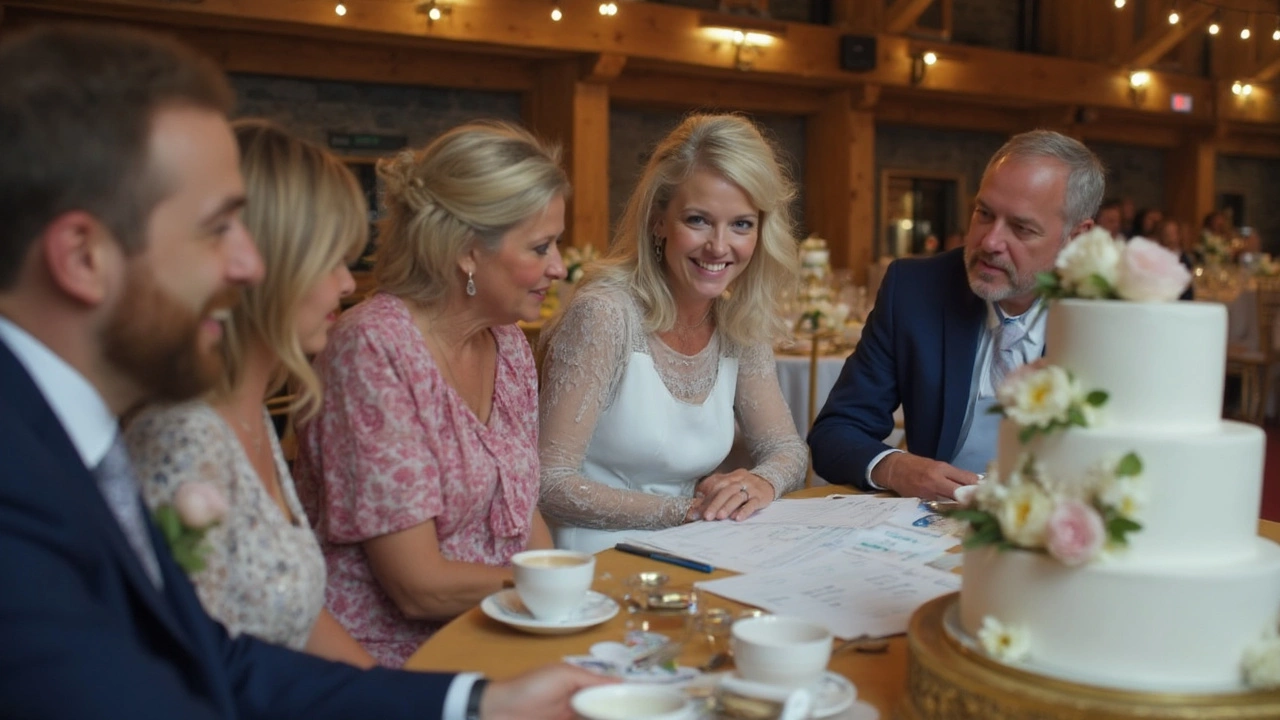Paying for a Wedding: Real Costs and Simple Ways to Save
Planning a wedding can feel like juggling a million numbers. Who should actually pay? How much will each item cost? Below we break down the most common expenses, who usually covers them, and easy tricks to shrink the bill without sacrificing the magic.
Who Usually Covers the Costs?
Traditionally, families split the big-ticket items. In the UK, the bride’s family often pays for the venue, catering, and dress, while the groom’s side might handle the rings, suits, and the honeymoon. But today many couples split everything 50/50, or they pool resources and decide together. The key is to have an open conversation early – write down every expense, assign a person, and adjust as you go.
Things like the wedding cake, flowers, and photography tend to be flexible. Some couples ask the bride’s mother to fund the cake, while the groom’s dad takes care of the flowers. If you have a tight budget, consider swapping roles or sharing costs with siblings or close friends who want to help.
Practical Ways to Trim Your Wedding Expenses
Start with a clear budget. List every line item – venue, food, attire, décor, transport – and assign a realistic number. Use a spreadsheet or a free budgeting app to track spending. When you see where the money goes, you can spot the biggest saving opportunities.
Venue is usually the biggest chunk. Look for off‑peak dates, like a Friday or a winter month, and you’ll often get a discount of 20‑30%. Churches, community halls, or a family garden can be beautiful and far cheaper than a hotel ballroom.
Food costs add up fast. Opt for a family‑style buffet instead of a plated dinner, or choose a limited menu with a few standout dishes. Hiring a local caterer or a talented food‑truck can give you quality meals for less.
Flowers are another big spend. Ask yourself which bouquets and centrepieces are must‑haves. You can combine fresh blooms with cheap filler flowers or even use high‑quality artificial arrangements that look real. Many couples also ask the bridal party to bring a small plant or a potted herb as a personal touch.
Photography is priceless, but prices vary. Compare several photographers, ask for a short day package, and see if you can trade a few hours of coverage for a lower rate. Remember to read reviews and view full galleries before you decide.
Attire doesn’t have to break the bank. Look for sales, rent a suit, or buy a pre‑owned dress. The groom’s suit can be a classic navy or charcoal – colors that stay in style for years and can be reused for other events.
Finally, keep an eye on hidden fees: service charges, taxes, and overtime. Ask vendors for a detailed quote and negotiate where possible. A small adjustment, like reducing the bar hours by an hour, can save hundreds.
Every couple’s situation is unique, but these steps give you a solid roadmap. Talk openly, set clear numbers, and trim where you can. With a bit of planning, you’ll pay for the wedding without losing sleep – and still get a day that feels truly yours.
Who Should Pay for a Wedding? Venue Costs Unpacked
Weddings can get expensive fast, especially when booking a venue, and figuring out who pays for what can get awkward. This article digs into how wedding payments are sorted today, who tends to cover which costs, and how couples split expenses with families. You'll find straightforward tips to avoid awkward money talks and smart ways to plan a venue budget. There's no one-size-fits-all answer, but knowing your options can make those conversations a lot easier.
View MoreWho Pays for a Wedding in 2024? Money Talks and Cake Truths
Curious who's footing the bill for weddings in 2024? This article breaks down the real-life ways couples, families, and friends are splitting the costs, with special focus on wedding cakes. You'll find fresh trends, honest numbers, and practical strategies to manage the budget. Dive in to get the scoop on how modern couples make these tricky money talks actually work, what’s changed, and who really pays for what. No fluff—just real advice and surprising facts to help you plan smarter.
View More
